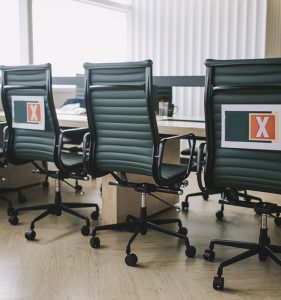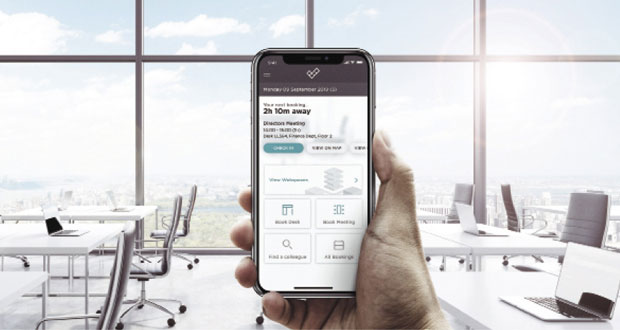GARY WATKINS, CEO OF SERVICE WORKS GLOBAL
CAFM brings a degree of certainty to the disorder caused by the Coronavirus pandemic. The pressure to maintain a safe, hygienic and fully functional workspace is at a peak and CAFM can relieve some of the stress by providing greater efficiency, insight and automation.
Efficiency
Many businesses may be operating with a reduced FM team, meaning each member must be resourced as efficiently as possible. Time-consuming visits to base for job sheets can be eliminated by managing jobs with a CAFM system and communicating with operatives via email or mobile app; which also helps to maintain social distancing. As well as receiving the details of the work that needs to be done, the operative can access a map showing the job location, COVID-safe entry and exit routes through a building, see the deadline (colour-coded by urgency), access the asset’s maintenance history, and submit photos of asset condition via their mobile device.
Insight
Insight into how a business is performing requires a strong foundation of data – essential to any business, and never more so than with employees working remotely, at different sites, or self-isolating, which could lead to potential knowledge gaps. CAFM makes information centralised and accessible, especially when the software is cloud-hosted, as users can securely log in from any browser.
Automation
CAFM can automate work allocation in order to improve work rectification time, taking pressure off a busy and / or reduced helpdesk team, many of whom may be managing enhanced maintenance or cleaning regimes in line with new COVID-19 risk management strategies. Requests are analysed and allocated by accounting for operative skills, current workload, location (through GPS tracking) and shift pattern, greatly reducing the potential for a return visit or incomplete tasks. The helpdesk can readily keep track of all works across the site, seeing the progress for each and those nearing the deadline in order to keep the site functioning effectively and ensuring a safe workplace for those who have returned.
Integrating CAFM with other systems can deliver vast time savings and improved data accuracy, helping improve service response times and building cleanliness. As all integrated systems securely share data, the need to enter data multiple times is removed, such as logging faults, updating contractor information or finance / purchase order details. For example, problems identified by the building management system (BMS) are relayed directly to the CAFM system, automatically creating a job and allocating an operative – all without human intervention and likely before a problem or breakage occurs, meaning it’s also often easier and quicker to service.
Scheduling
For many businesses, cleaning regimes will have been increased in order to mitigate COVID risk. Using CAFM, cleaning schedules can be readily created to cover whole areas like a site or a floor, or narrowed down to an individual room, rather than creating a series of individual jobs. Digital forms and checklists can be attached to the schedules and pushed out to the operative with each job, ensuring important information is read and standards remain high throughout the facility. This could be an agreement to the site’s COVID-19 policy, a checklist of items for completion, or a COSHH sheet for strong cleaning chemicals.
BIM
Working with a BIM model integrated with a CAFM system provides the next level in facilities management, allowing FMs to view an accurate image of an entire building and access all the data within. The model can be zoomed in at any point to show the required detail, such as revealing any access issues to an asset, permits required, measurements, materials, manuals, health and safety guidelines, and even part serial numbers. This gives the team all the  information required to assess the work and ensure they are fully prepared to complete the works in one go, eliminating the need for unnecessary site visits – essential in the COVID-era when access to sites may be limited.
information required to assess the work and ensure they are fully prepared to complete the works in one go, eliminating the need for unnecessary site visits – essential in the COVID-era when access to sites may be limited.
Space planning / social distancing
A big part of COVID-19 prevention at the workplace is social distancing. Heatmaps highlight high footfall, showing thoroughfares which encroach on desk and workspaces. From this, strategic decisions can be made on how to safely route employees through the workspace. It can also help identify space for new areas like break rooms for the FM team shift, or a tea station in an office to reduce traffic to the kitchen.





